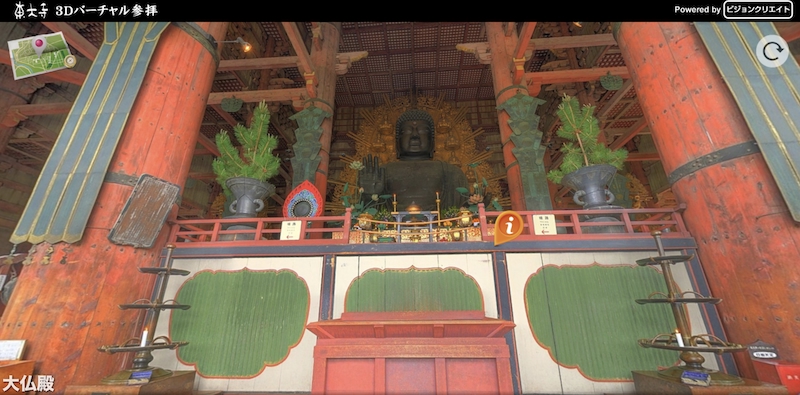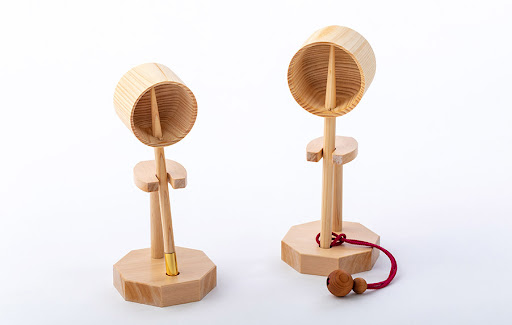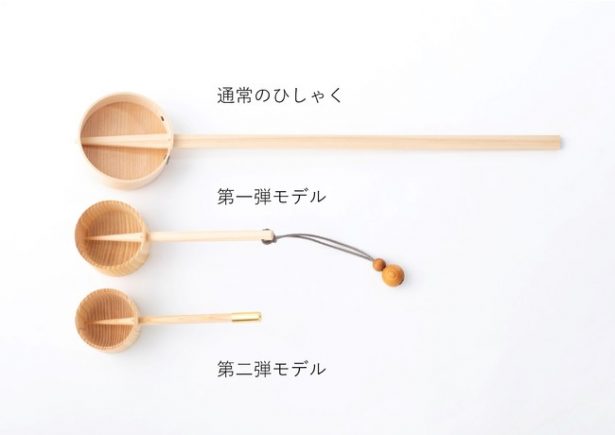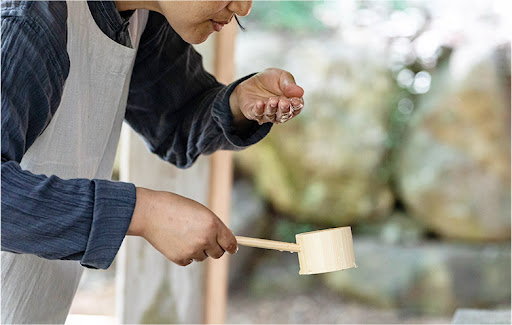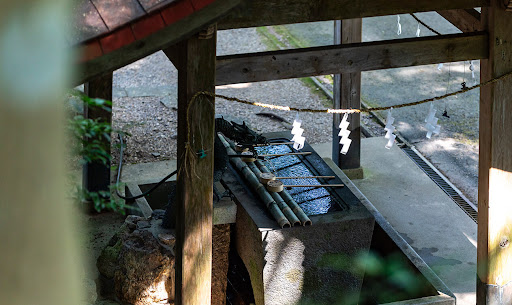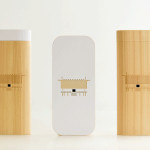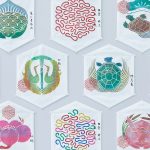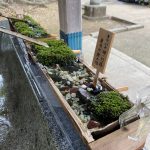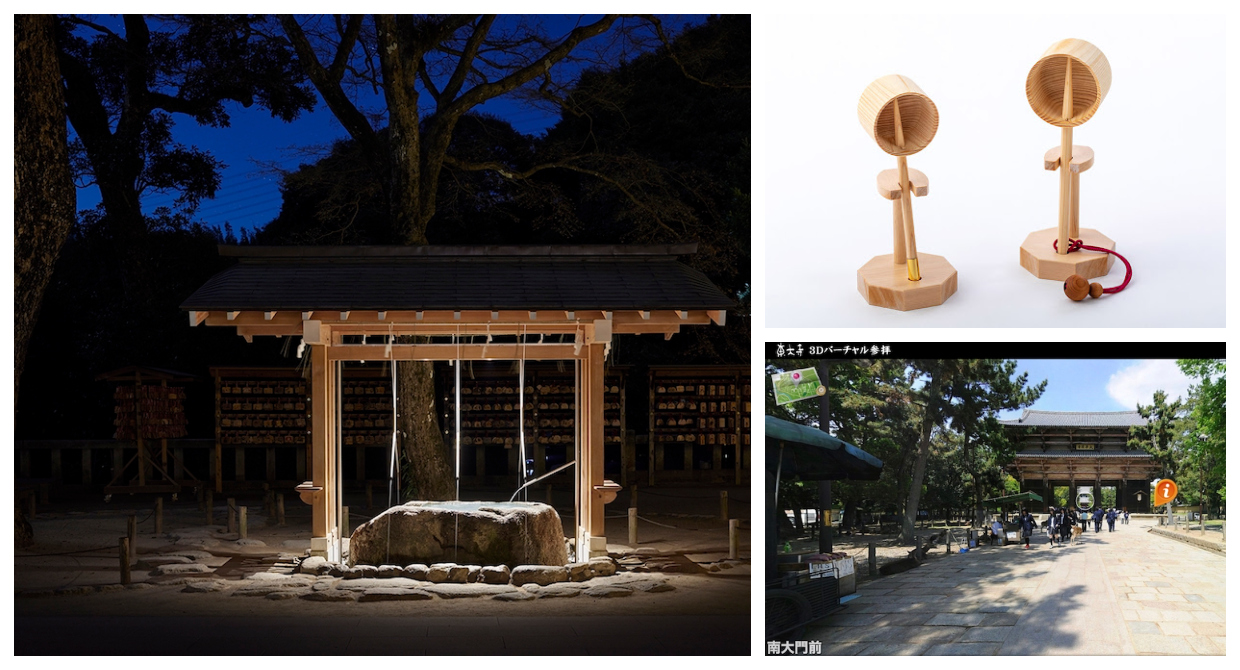
The Covid-19 pandemic has dramatically altered daily life and everyday routines for almost everyone. Japanese Shinto shrines and Buddhist temples were certainly not immune but in order to ensure their ability to maintain operations and continue offering services to their community, many have taken a leap of faith, altering the way they do things that go beyond just a creative use of digital technology.
“Temizuya”: The Cleansing Ritual
The temizuya at the entrance to a shrine’s innermost grounds is a place to purify the body, a ritual rite that dates back to the days when people would wash themselves in rivers or the sea before visiting locations of worship. But given how worshippers wash their hands and mouth with the cool, flowing water, in the age of a pandemic it’s also a potential site for contagion.
Homangu Kamado Shrine in Fukuoka hired interior and architecture firm Wonderwall to rethink the cleansing ritual. “Water creates a cycle: rain falls from the sky, drips down tree branches, and soaks into the earth; it resurfaces as spring water and flows into a river and then the sea,” says the architects, who responded with a stainless-steel structure that recreates the act of water dripping down from tree branches while eliminated the need to touch any surfaces.
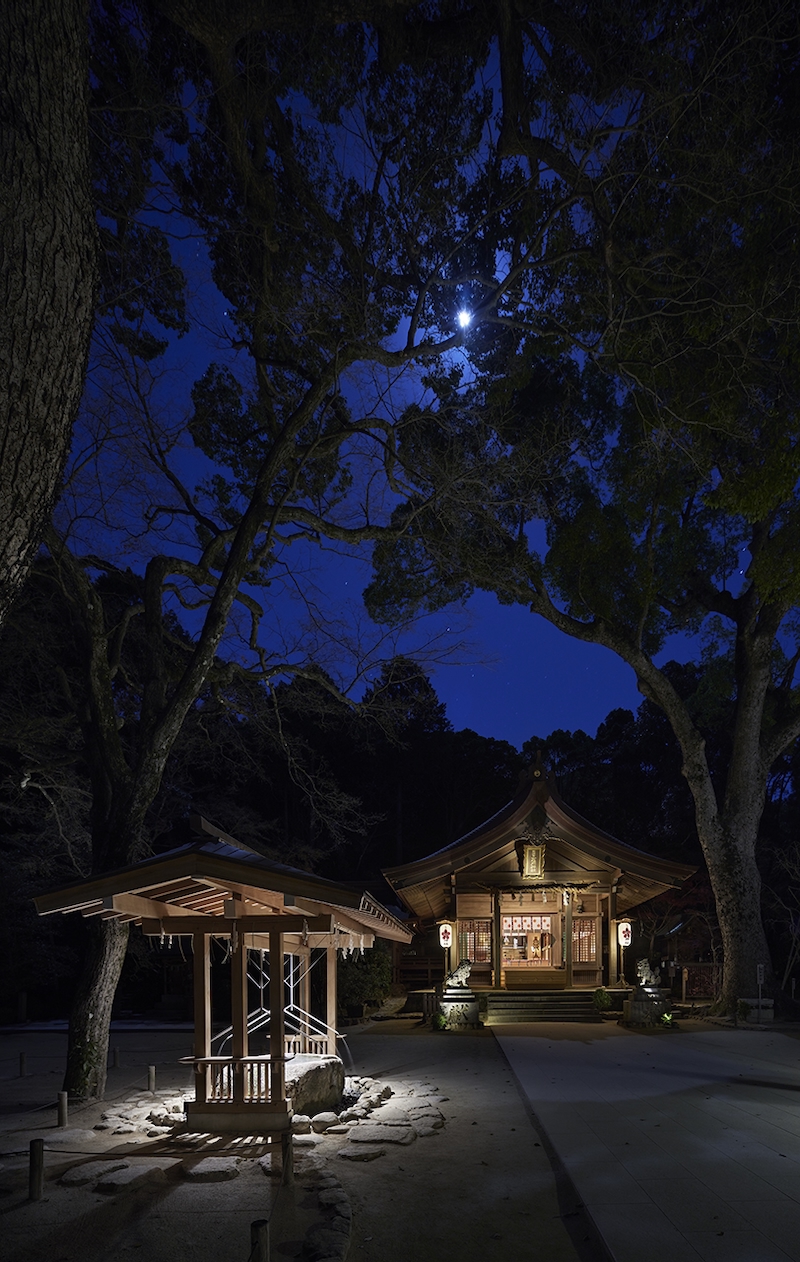
photos: Nacasa & Partners Inc. courtesy Wonderwall
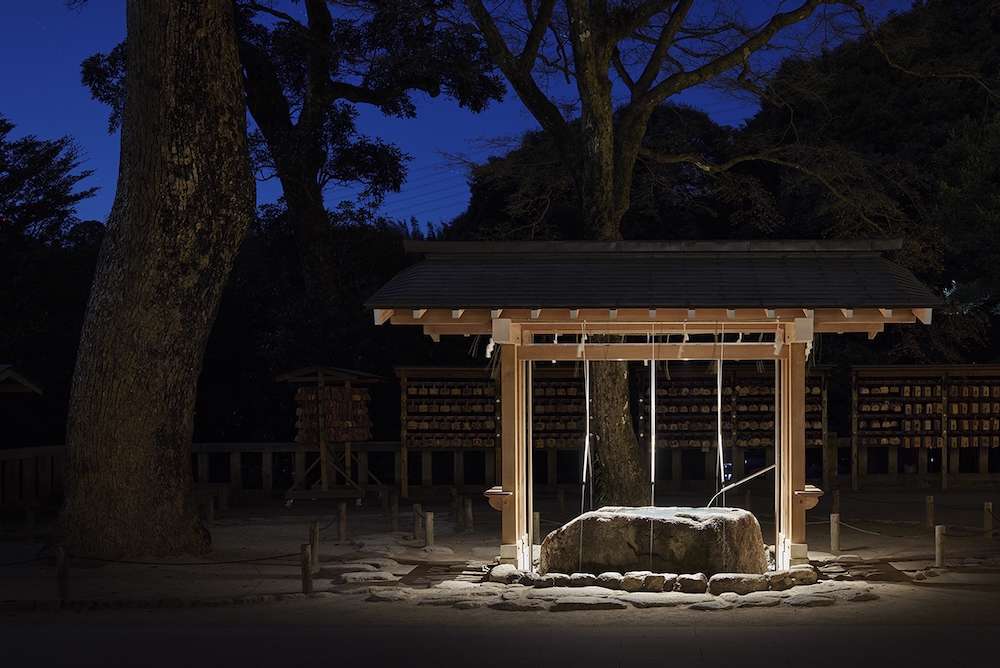
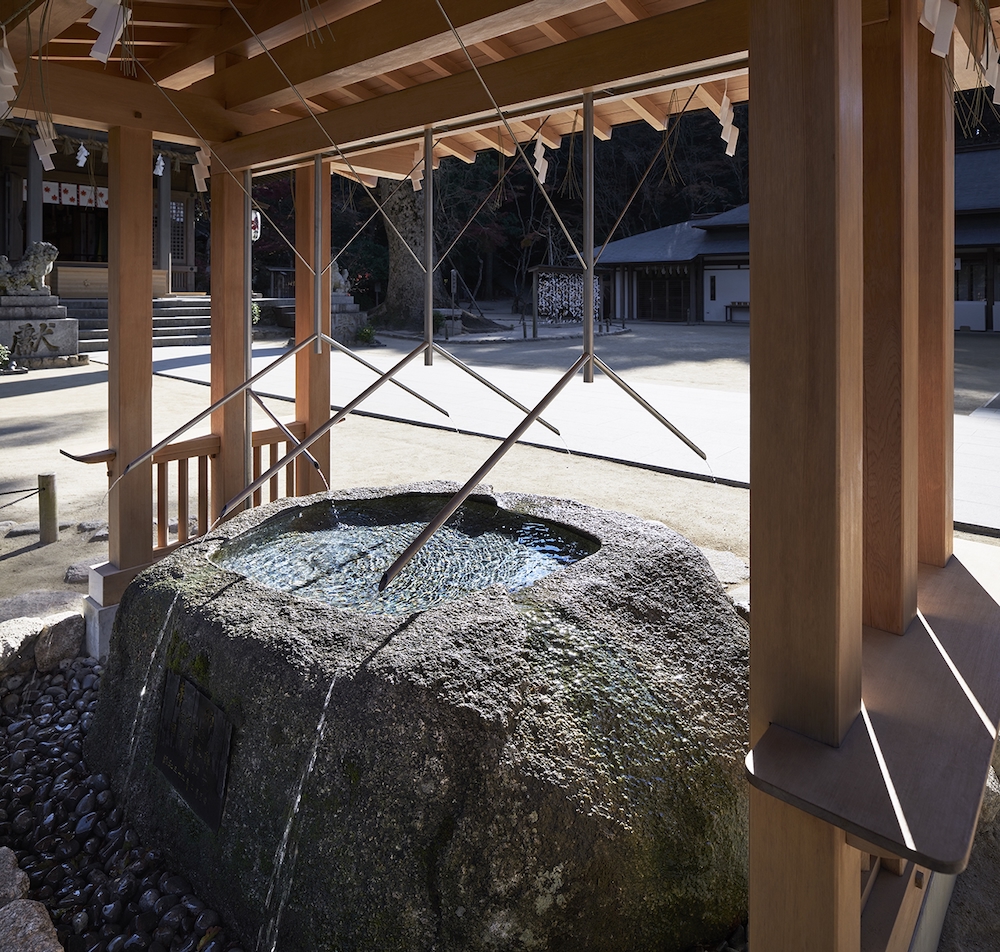

“My Hishaku”
Tomiyama Honten was founded in 1895 and for over one hundred years have dedicated themselves to the designing and building of ritualistic structures like shrines and torii gates. As the pandemic swept through Japan, they too focused their attention on the purification ceremony of shrines where visitors will share the wooden hishaku water ladle to cleanse their hands and mouth.
But Tomiyama Honten took a different approach and redesigned the hishaku for personal use: smaller, easier to carry around and with a stand so that the ladle can act as a decorative object when not in use. The “my hishaku” is available through Tomiyama Honten’s online shop, as well as accessories like the pouch and stand.
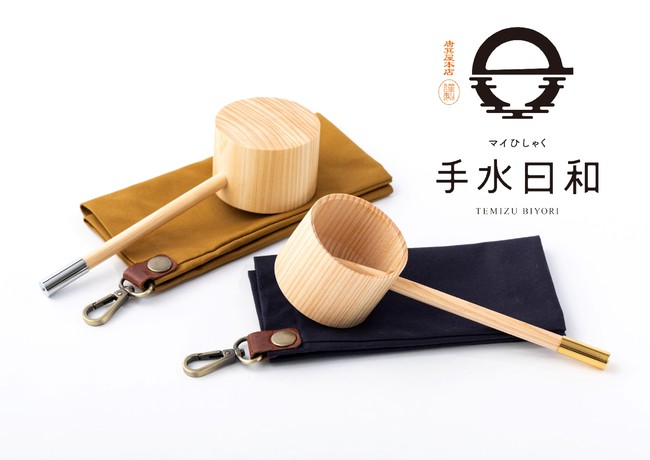
photos courtesy Tomiyama Honten
Virtual Sanpai
Nara prefecture’s Todaiji is one of Japan’s most-famous Buddhist temples visited year-round by people all over the country and beyond. But when the pandemic shut down cities and kept people home, Todaiji was one of the first to begin offering virtual “sanpai” (参拝), a Japanese word meaning ‘to visit a shrine or temple.’
And don’t think that a virtual sanpai is any less-pious. Yohai (遥拝) is an old Japanese word meaning sanpai but from afar. It was reserved for those without the means of visiting and Todaiji’s 3D virtual tour is the next best thing to actually visiting.
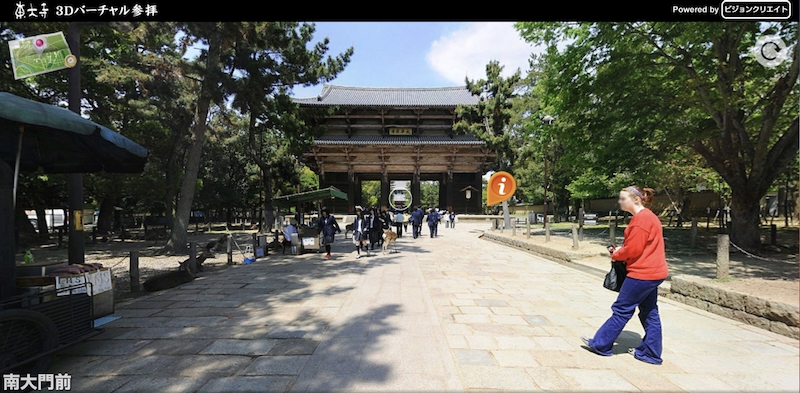
Todaiji virtual tour screenshots

